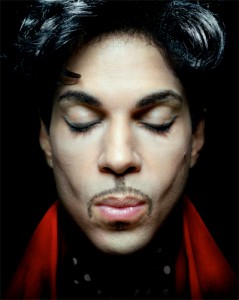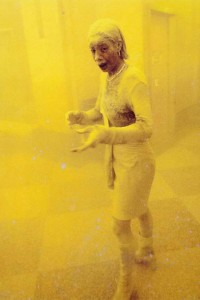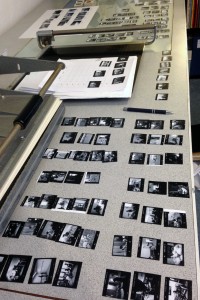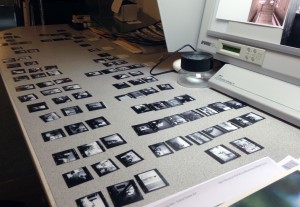Because I've recently been thinking and writing a lot about what happens to artwork when an artist dies (don't worry, I'm perfectly healthy), I've been researching why artwork gets archived, how it gets organized, recorded and stored, and things to think about when creating a plan for one's archives. Finding solid helpful information was challenging at first. It wasn't until I started using search terms like "estate planning for visual artists" that I began finding items that I felt could usefully guide me towards finding answers to my questions.
What follows are a few of the best sources I could find:
Etched in Memory: Legacy Planning for Artists (An online resource that has a ton of resources listed on this topic.)
A Visual Artist's Guide to Estate Planning
Artists' Studio Archives website (This has a great page of handouts from "how to" workshops that they have offered.)
Artist's Estates: Reputations in Trust (This is a book that outlines what happened to a number of 20th C. artists' works after they died.)
Estate Planning Guide and Career Documentation Workbook (from the Joan Mitchell Foundation- both were updated in Feb. 2015)
After reading a number of the above items, I'll be honest- it's enough to make your head explode, even for someone like me who is crazily detail-oriented. I now realize that, for artists, there are two major things to think about when it comes to estate planning: 1. your artwork, and 2. everything else. Holy crap! At least I've got a fairly up-to-date inventory of my artwork, so that's a start.
Be that as it may, I'm very clear that I do NOT want to burden my family with having to figure out what to do with my artwork once I am gone. Given that, I have to get my act together in order to create a plan that relieves them of that task. I'm glad to now have some guidance for doing that.



